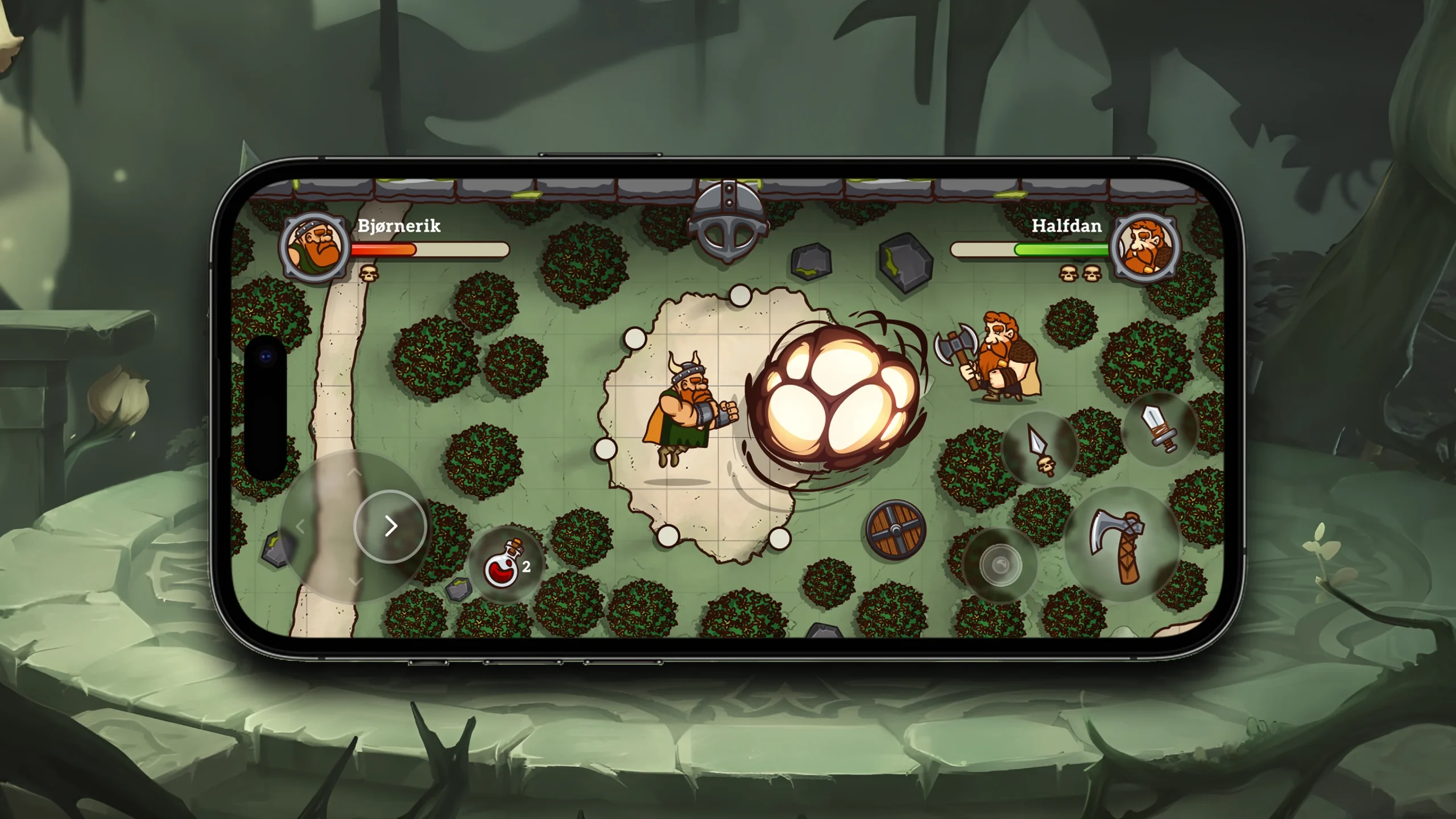Creating a mobile game that people love doesn’t start with code — it starts with an idea. But where do these ideas come from? At HerbaVitaTov, we believe that the best game concepts are born at the intersection of creativity, observation, and iteration. Here’s a look into our process.
Inspiration Can Come From Anywhere
Great game ideas often come from the simplest everyday moments — a funny conversation, a walk in the park, or a childhood memory. Some of our early prototypes were inspired by retro board games, quick-draw challenges between teammates, or even just watching someone swipe through their phone on the subway. The key is to stay open and observant — the world is full of game mechanics waiting to be discovered.
Know Your Audience (Before You Build)
Before we go too far into development, we always ask: who are we making this for? Are they casual players looking for something light and addictive? Or do they want a deeper, strategic experience? Understanding the player helps shape everything — mechanics, art style, monetization — and ensures that the core idea fits the audience.
Brainstorming, Sketching, and Throwing Ideas Away
Once we’ve caught a spark, we enter brainstorming mode. We sketch out dozens of mechanics, characters, and game loops. Most of them never make it past the whiteboard. And that’s okay. A key part of the creative process is knowing when to let go of something that’s not working — even if you love it. What matters is keeping momentum and staying honest about what feels fun.
Prototyping: The Fast and the Playable
We believe in fast prototyping. If an idea can’t be fun in a simple gray-box version, it probably won’t work with fancy graphics either. That’s why we often build basic interactive demos in just a few days to test the game loop. These early builds help us see what works, what doesn’t, and how players actually interact with the core mechanics.
Feedback Is Fuel
Once we have something playable, we show it to our team, friends, and sometimes external testers. Their reactions — the confusion, the excitement, the “Aha!” moments — help us refine or rethink features. Sometimes, a single comment can unlock the next stage of development.
Evolving the Idea Into a Full Game
When a prototype clicks, it enters the next phase: evolution. We expand the content, polish the visuals, and start thinking about onboarding, monetization, and long-term retention. But we never forget the original idea — the thing that made it exciting in the first place. Every decision we make is about supporting that spark.
Final Thoughts
Mobile game ideas aren’t born perfect — they’re grown, tested, and shaped through creativity and collaboration. At HerbaVitaTov, we treat every new idea like a seed. With the right care, it can grow into something players around the world will love.


No responses yet